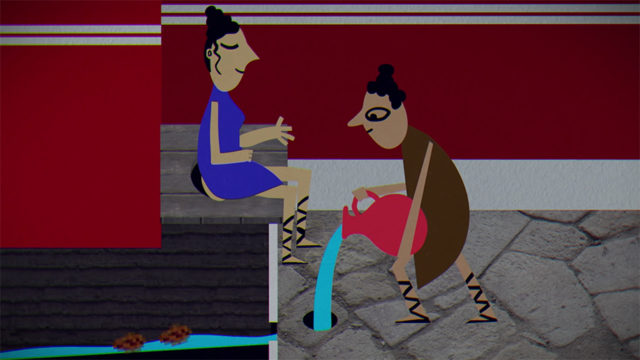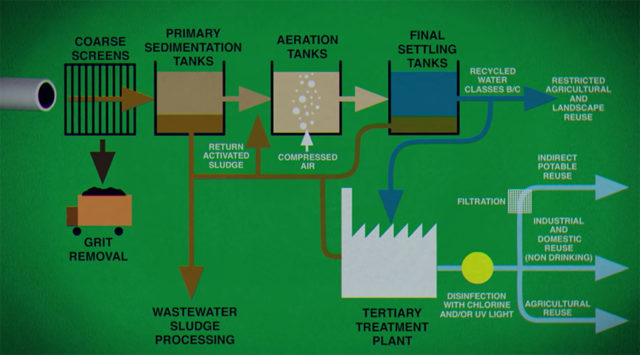On sunny days, citizens of ancient Rome could be found exchanging news and gossip while attending to more urgent business at the public latrines. Today, most cultures consider trips to the restroom to be a more private occasion. But even when going alone, our shared sewage infrastructure is one of the most pivotal inventions in human history.
Learn about the history of the toilet and of human waste management, from Ancient Mesopotamian clay pipes, to the Roman Empire’s aqueducts, to China’s waste to fertilizer model, to Sir John Harrington’s design for the first modern flush toilet. And then, of course, there were the engineering contributions of Thomas Crapper.
This TED Ed by Francis de los Reyes, directed by Igor Coric, guides us through the centuries of poop. And don’t forget to Dig Deeper into the santitation service chain.


But what about the future of toilets?
By the turn of the 19th century, many cities had developed modern sewage infrastructure and wastewater treatment plants, and today, toilets have a wide range of features, from the luxurious to the sustainable. But roughly 2 billion people still don’t have their own toilets at home. And another 2.2 billion don’t have facilities that properly manage their waste, putting these communities at risk of numerous diseases.
To solve this problem, we’ll need to invent new sanitation technologies and address the behavioral, financial, and political issues that produce inequity throughout the sanitation pipeline.

Watch these related poop videos next:
• Explore wastewater treatment with LeVar Burton
• Why isn’t the world covered in poop?
• Poop Guy: A dad who is revolutionizing sanitation in India
• Transforming Human Poop Into Eco-Friendly Fertilizer
• Turn human waste into drinking water – Janicki Omniprocessor
Plus: How is toilet paper made?
Curated, kid-friendly, independently-published. Support this mission by becoming a sustaining member today.

